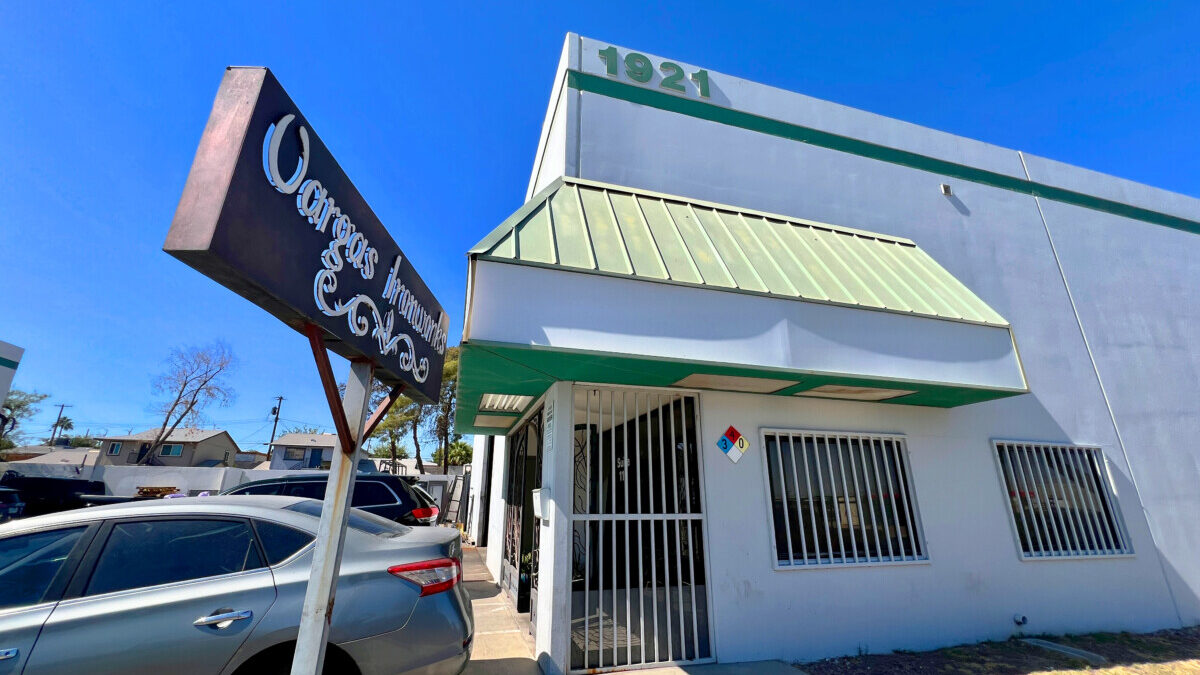Navigating the commercial real estate market can be complex, especially when it comes to understanding different lease structures. Whether you’re a landlord or a tenant, knowing the ins and outs of lease agreements is crucial for making informed decisions. In this article, we’ll break down the most common lease structures, explain their implications, and offer insights into which might be best suited to your needs.

1. What Are Lease Structures?
Lease structures refer to the specific terms and conditions under which a tenant rents space from a landlord. These terms outline the financial responsibilities of both parties, such as rent, property taxes, insurance, and maintenance costs. Understanding these structures is essential for everyone involved in commercial real estate.
2. The Triple Net Lease (NNN)
The Triple Net Lease, often abbreviated as NNN, is one of the most common lease structures. Under this arrangement, the tenant is responsible for paying the property’s operating expenses, including real estate taxes, building insurance, and maintenance costs, in addition to the base rent.
- Why It’s Popular: The NNN lease is favored by landlords because it transfers the financial risk of variable costs to the tenant. For tenants, the predictability of the base rent allows for more accurate financial planning.
- Who It’s Best For: NNN leases are ideal for established businesses with stable cash flows, as they can handle the additional financial responsibilities.

3. The Modified Gross Lease (MG)
In a Modified Gross Lease, the tenant and landlord share the property’s operating expenses. As an example, the landlord may cover the building’s structural repairs and property taxes, while the tenant handles utilities and interior maintenance.
- Why It’s Common: This type of lease offers a balanced approach, making it attractive for landlords and tenants. It provides tenants with some financial predictability while offering landlords the opportunity to share operating costs.
- Who It’s Best For: Modified Gross Leases are suitable for small to mid-sized businesses, particularly those new to the market.

4. The Full-Service or Gross Lease (FS)
A Full-Service Lease, sometimes referred to as a “Gross” Lease, is often seen in multi-tenant office buildings and larger commercial properties. Here, the landlord covers all operating expenses, including utilities, maintenance, property taxes, and insurance. The tenant pays a single, all-inclusive rent.
- Why It’s Used: This lease type simplifies budgeting for tenants, as they don’t have to worry about fluctuating costs. For landlords, it can justify higher rent prices.
- Who It’s Best For: Full-Service Leases are ideal for businesses that prioritize simplicity and predictability in their monthly expenses.

5. Which Lease Structure is Right for You?
Choosing the right lease structure depends on several factors, including the type of business, financial stability, and long-term goals. It’s essential to work closely with a commercial real estate broker who understands your market to determine the best option for your specific needs.
6. The Importance of Negotiation
Regardless of the lease structure, negotiation plays a crucial role in securing favorable terms. In a competitive market, having a clear understanding of your financial capabilities and business needs will empower you to negotiate effectively.
- Local Tip: Landlords may be more flexible on terms for long-term tenants, particularly in areas experiencing high vacancy rates.

Conclusion:
Understanding the different lease structures in commercial real estate is essential for making informed decisions. Whether you opt for a Triple Net (NNN) Lease, Modified Gross (MG) Lease, or Full-Service Gross (FS) Lease, each has its advantages and potential drawbacks. By working with an experienced commercial real estate broker, you can find a lease structure that aligns with your business goals and sets you up for long-term success.
Ready to take the next step in your commercial leasing journey? Whether you’re exploring available properties or seeking expert advice on leasing your own commercial space, The Barashy Group is here to help. Reach out to Ofir Barashy at ofir@barashy.com or call (702) 325-9673 to discuss your options and find the right fit for your business.

